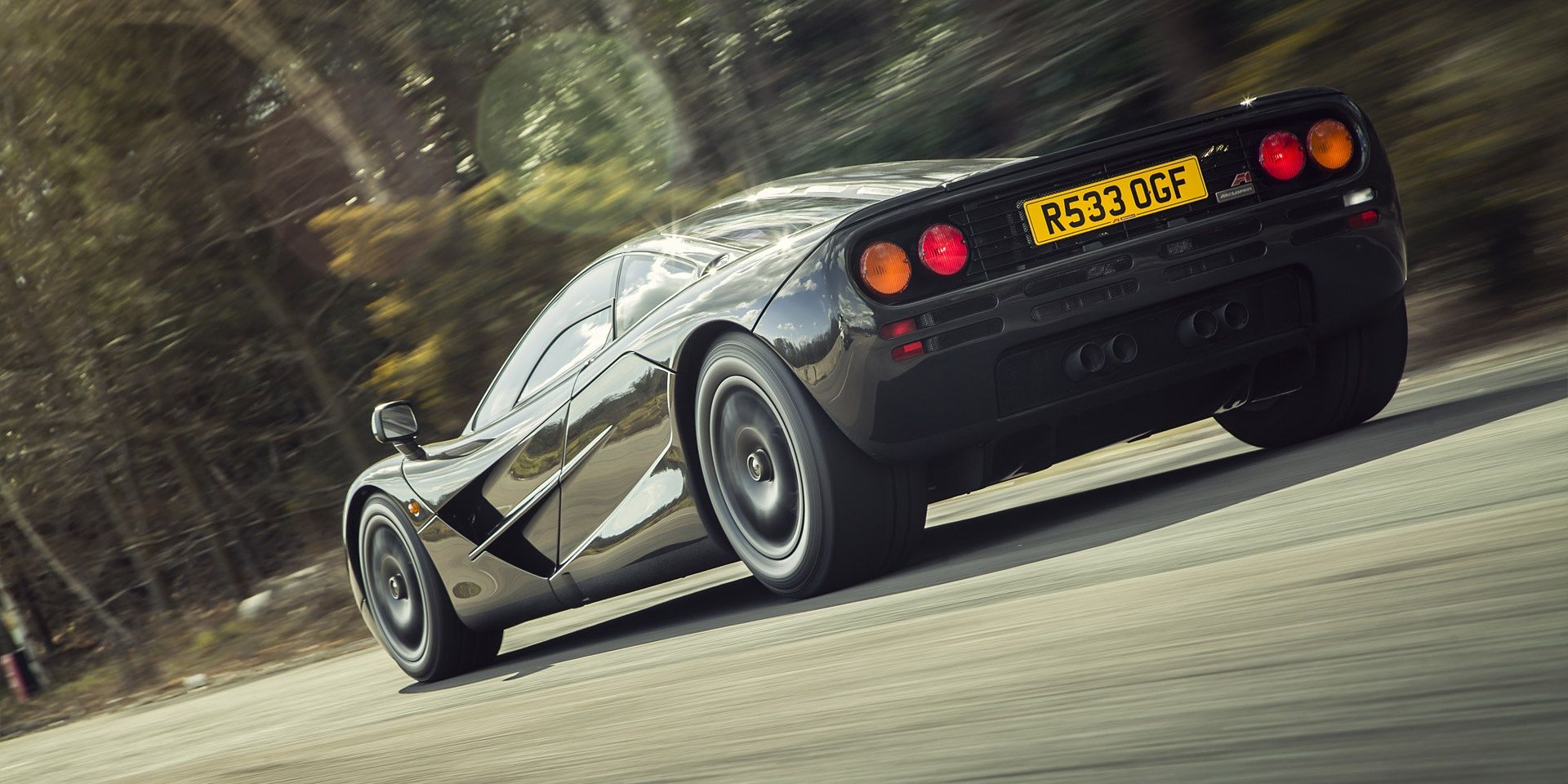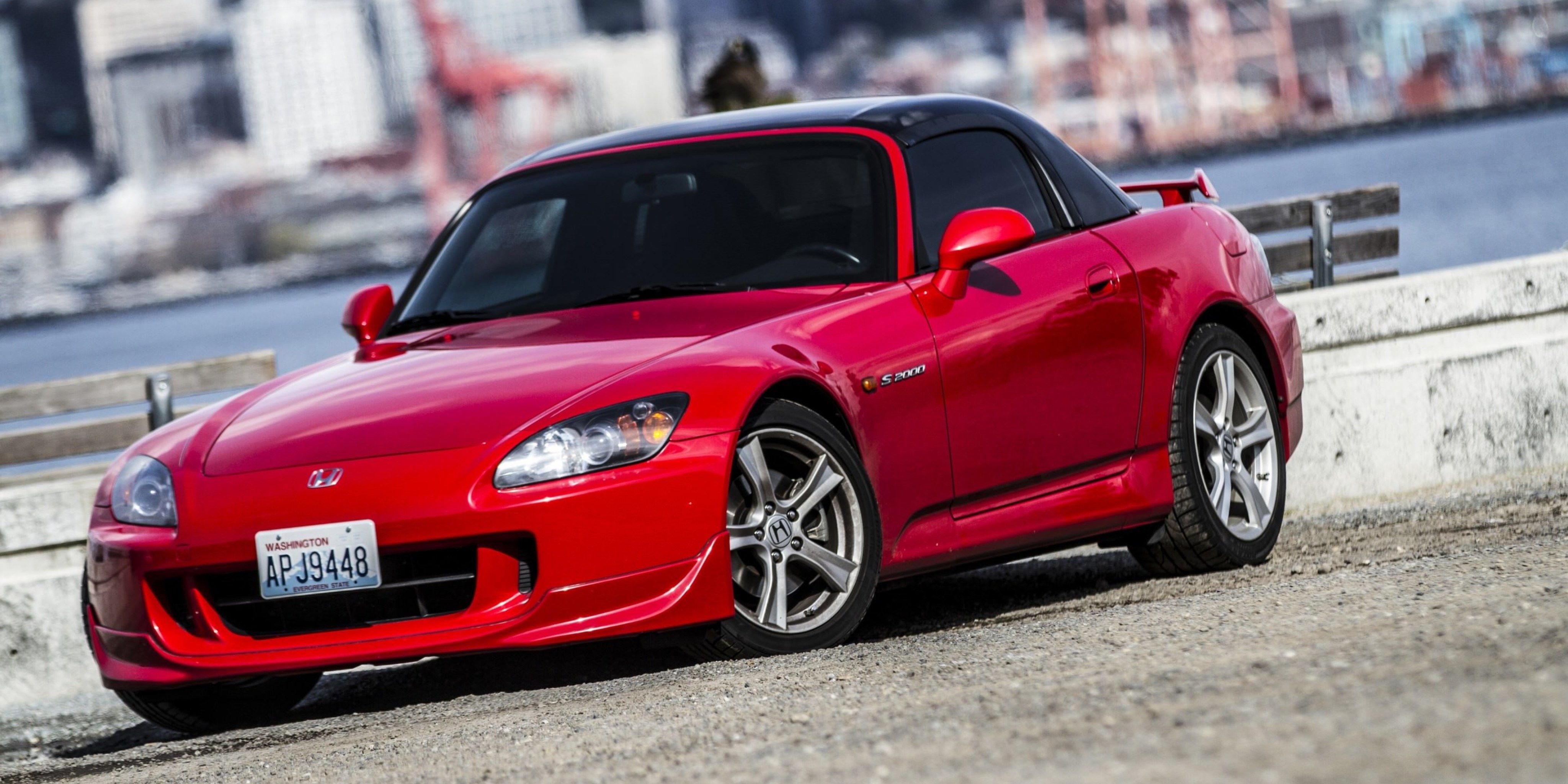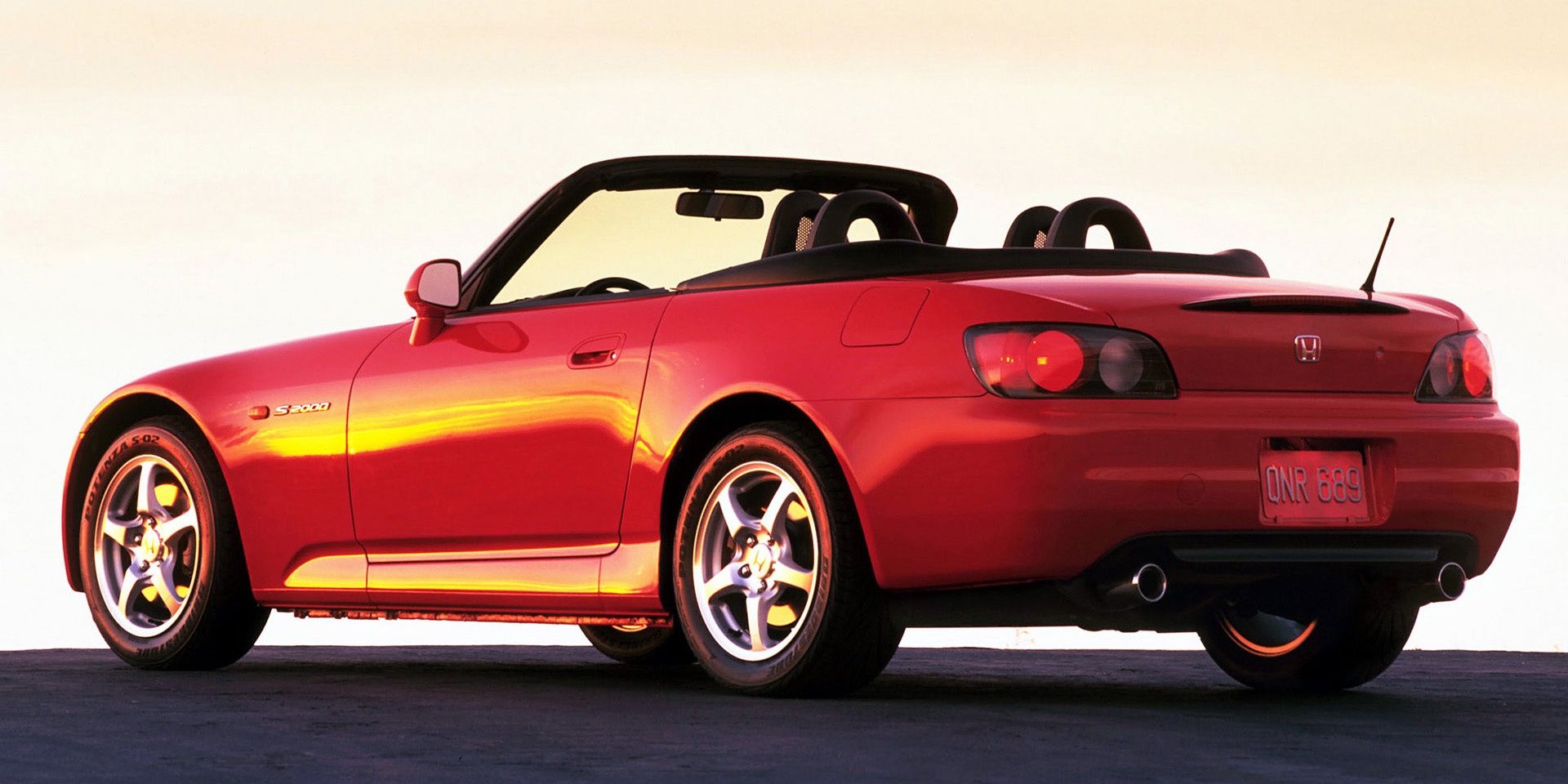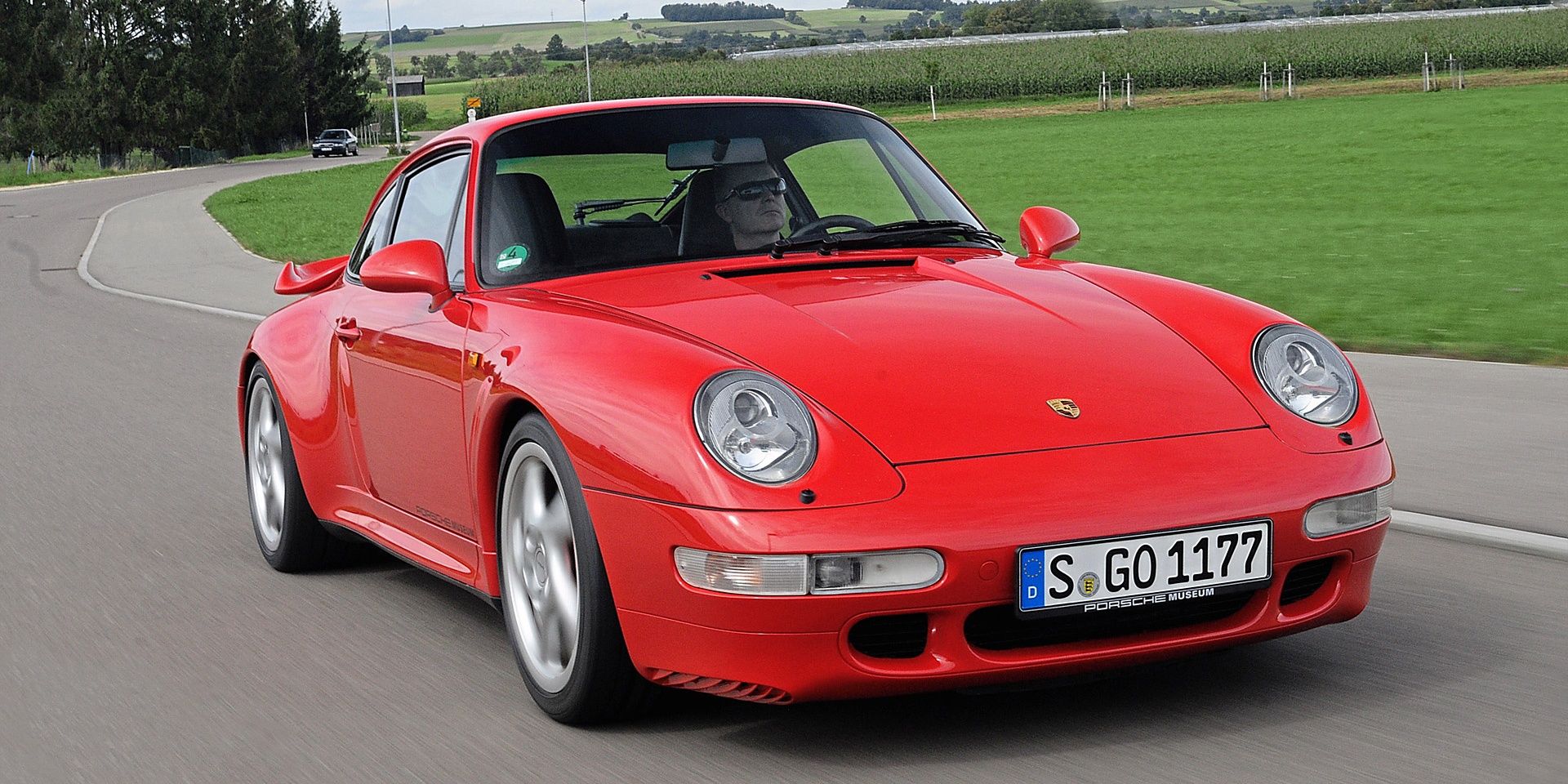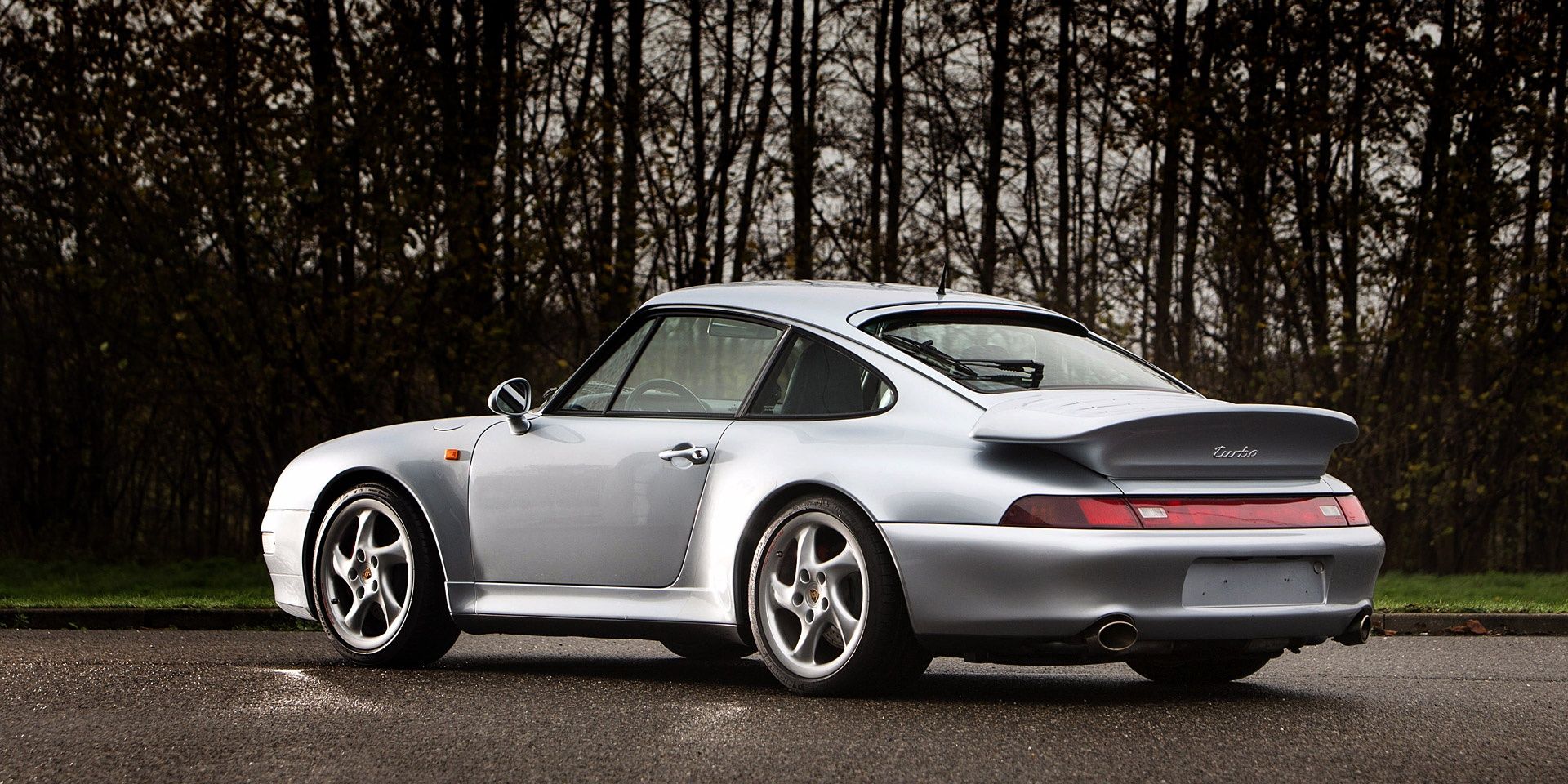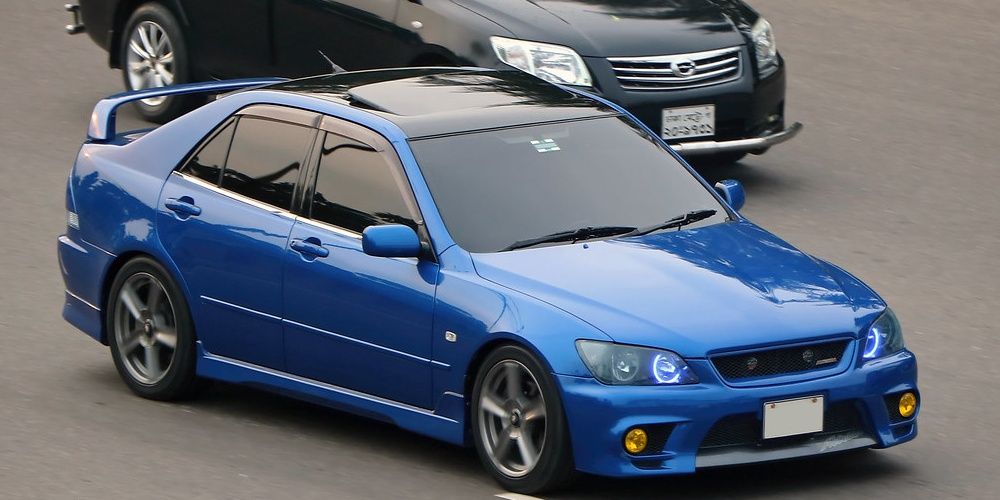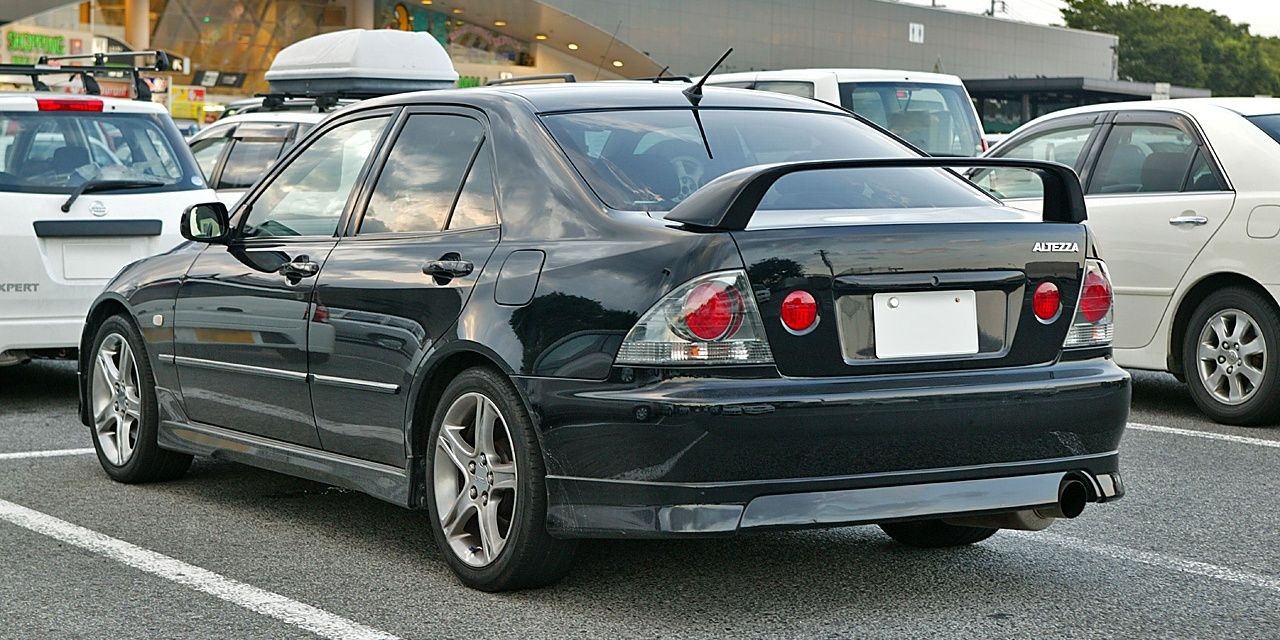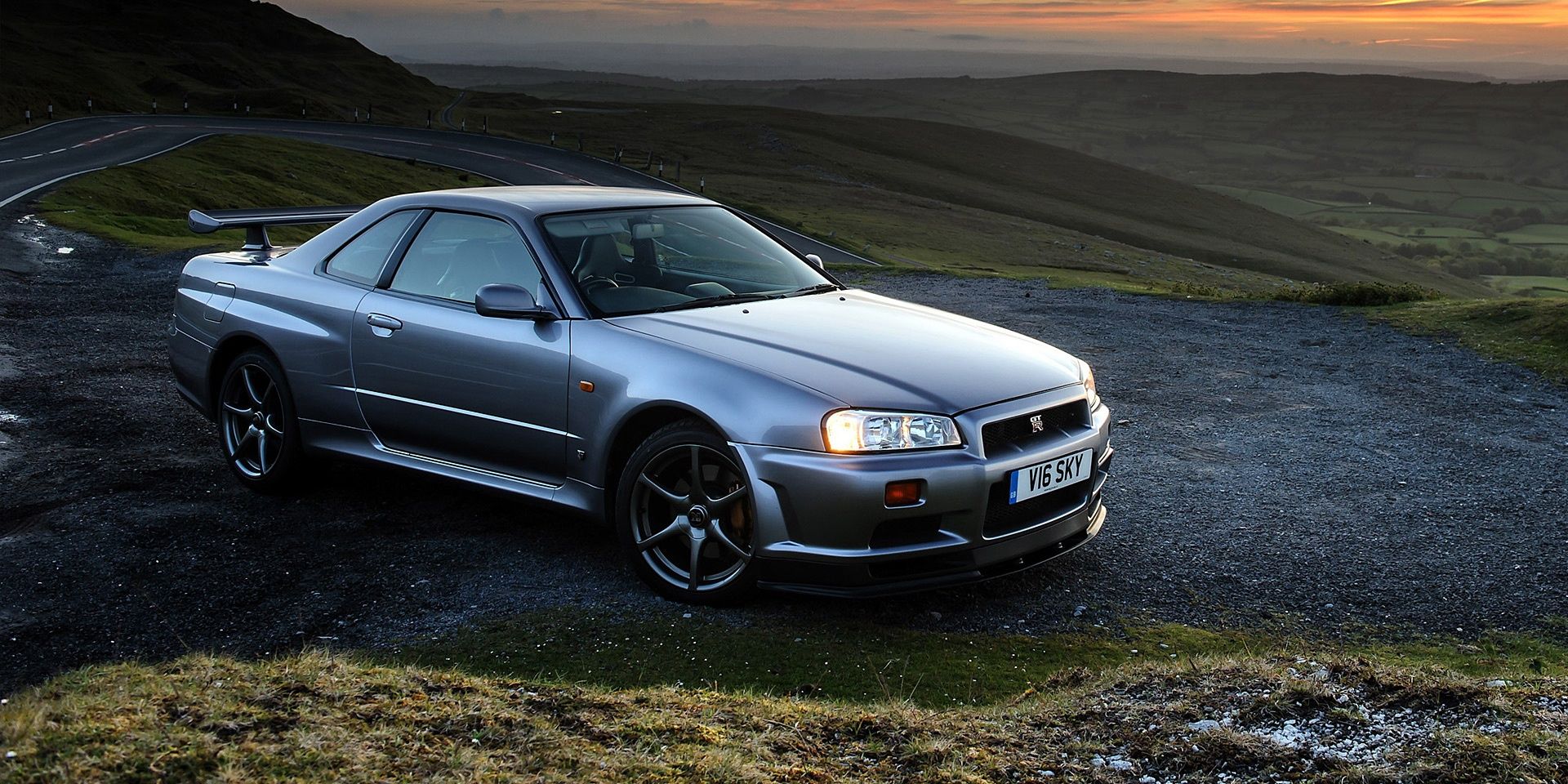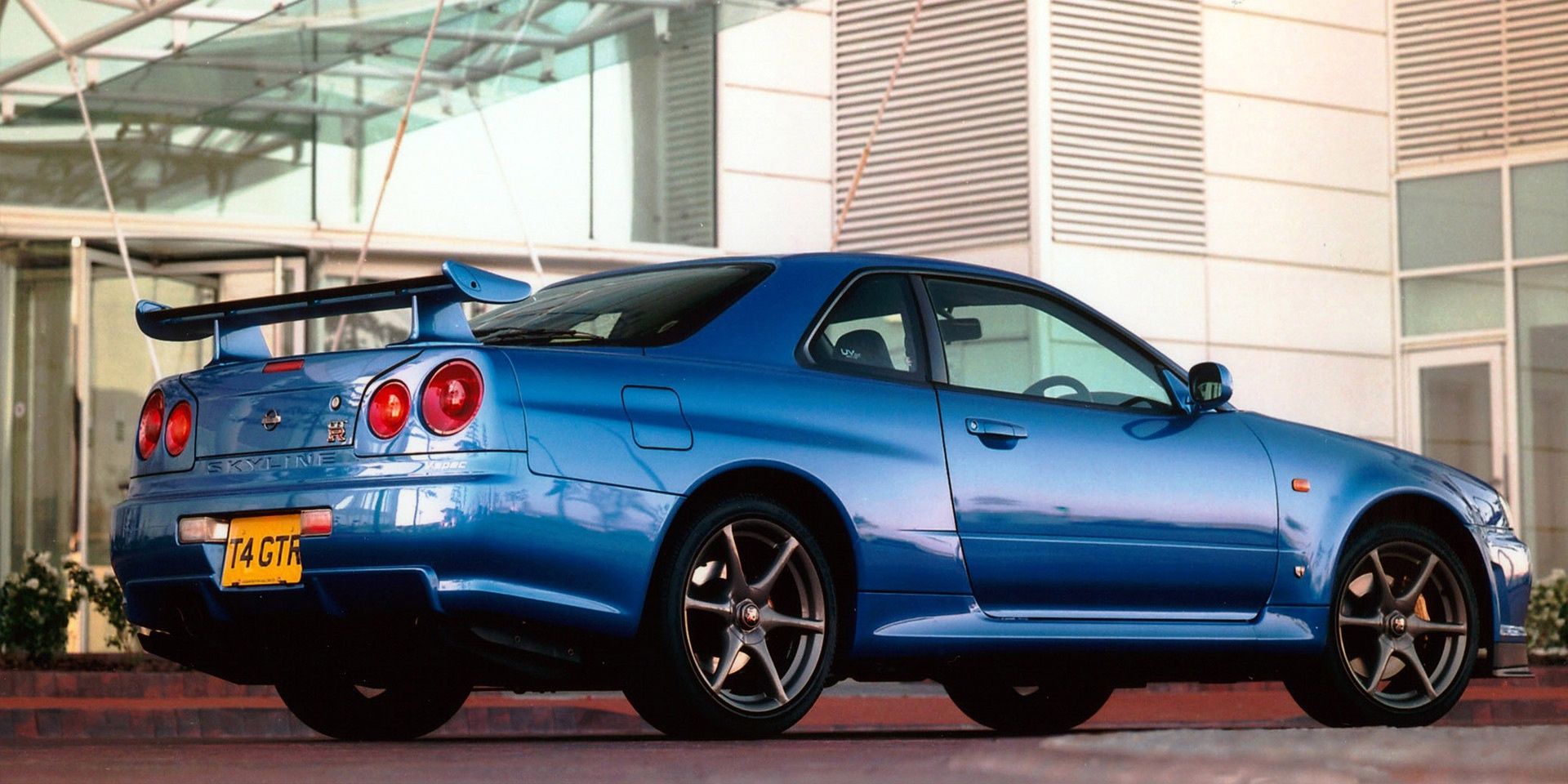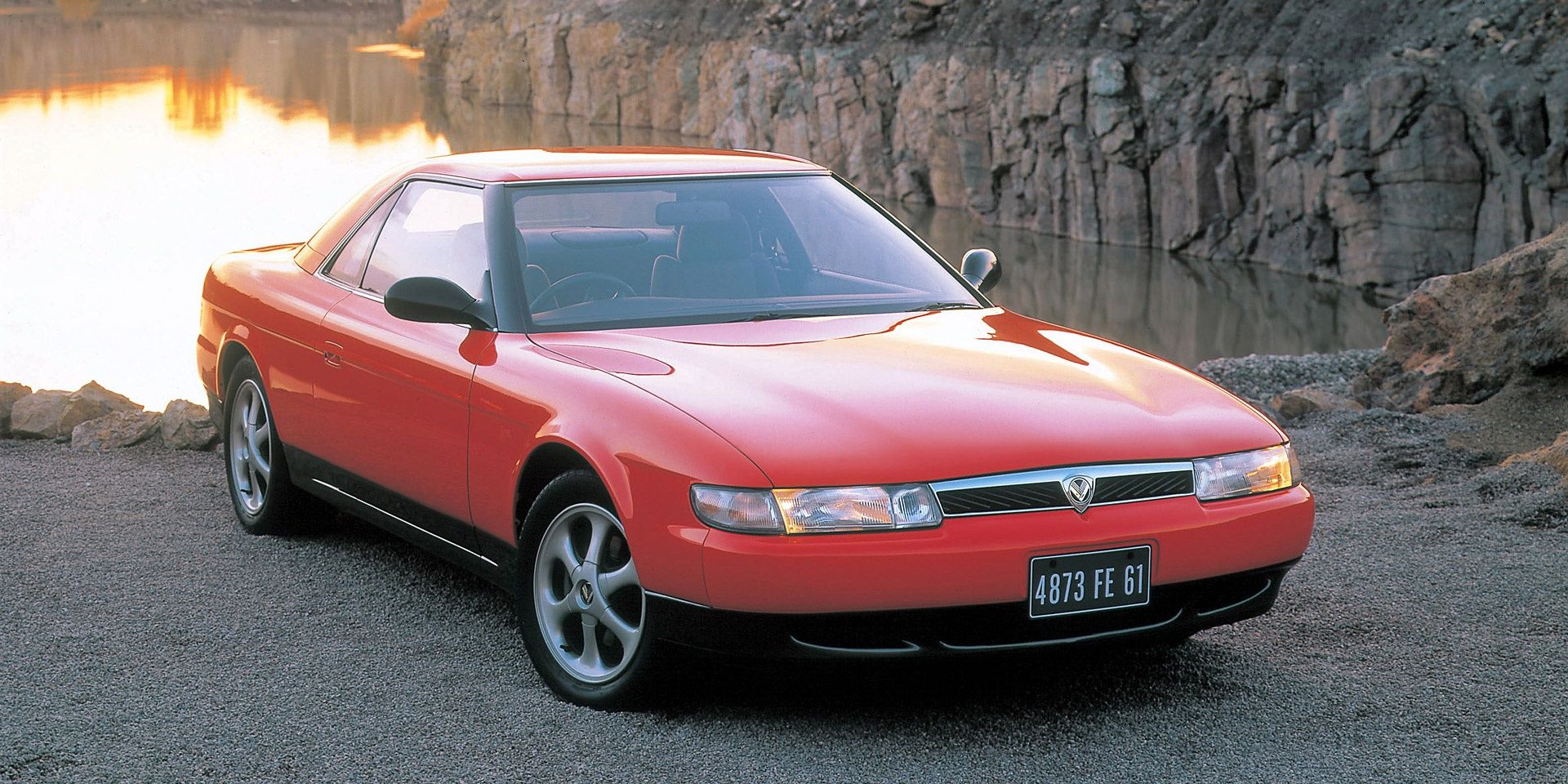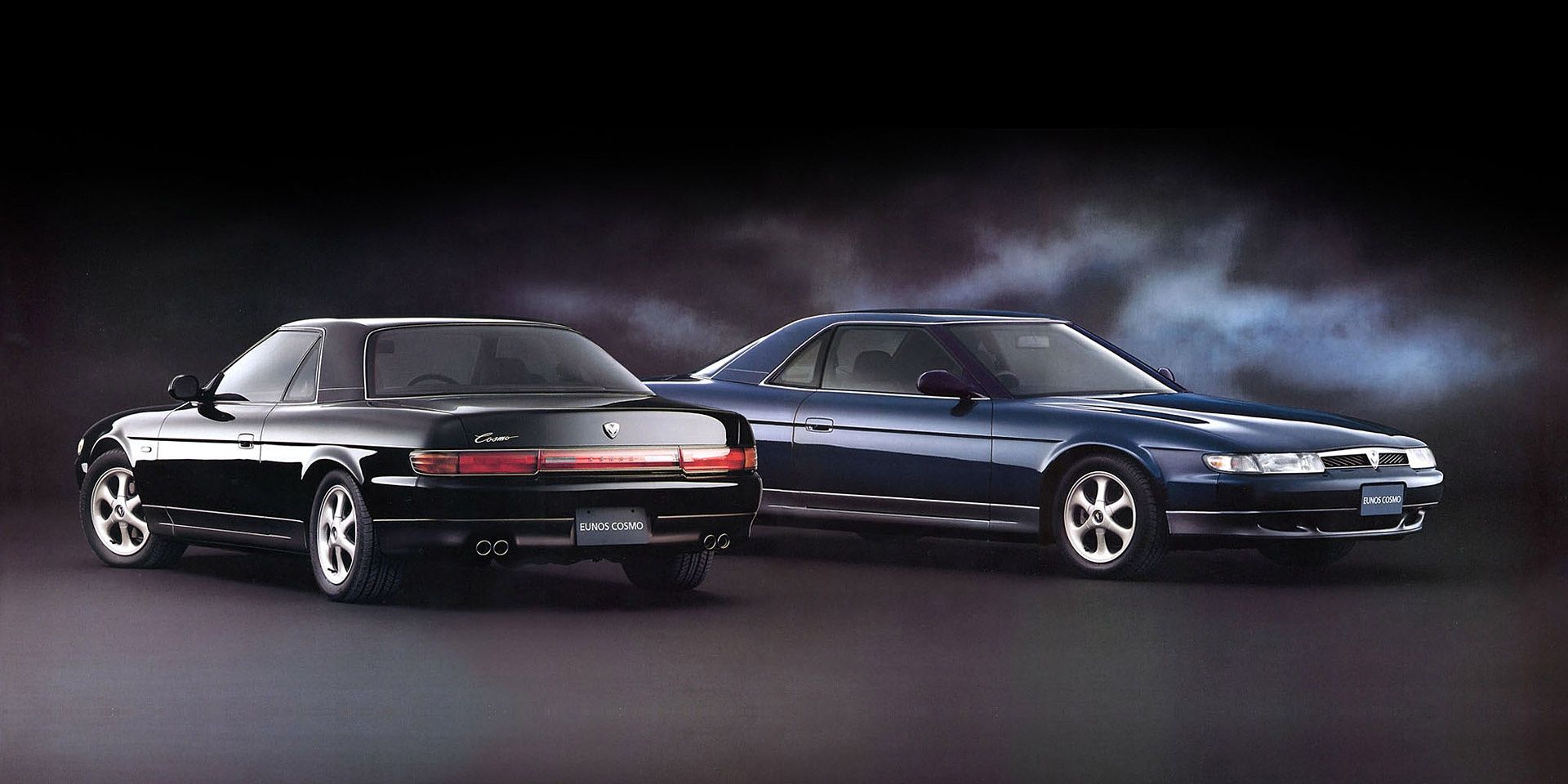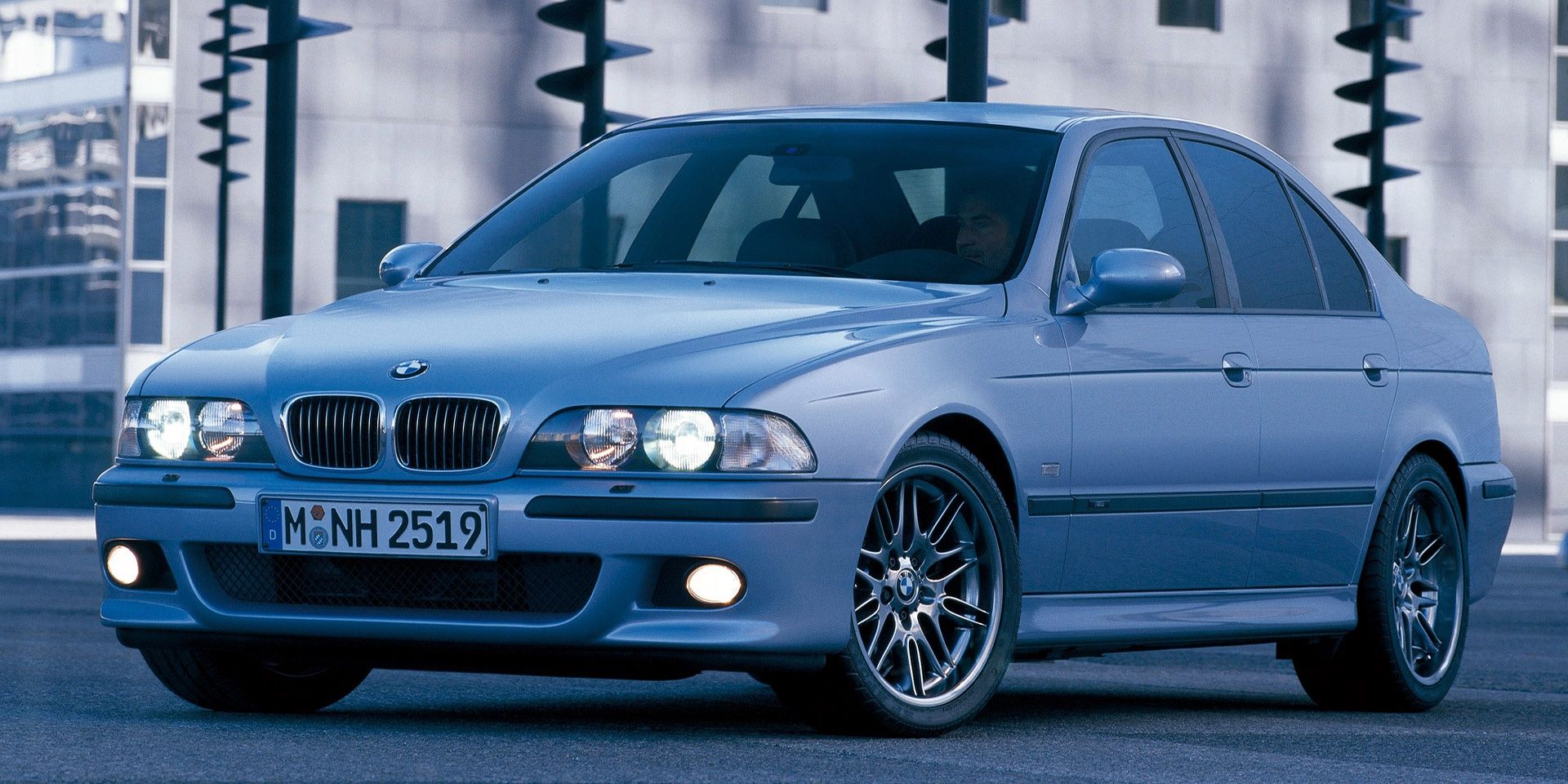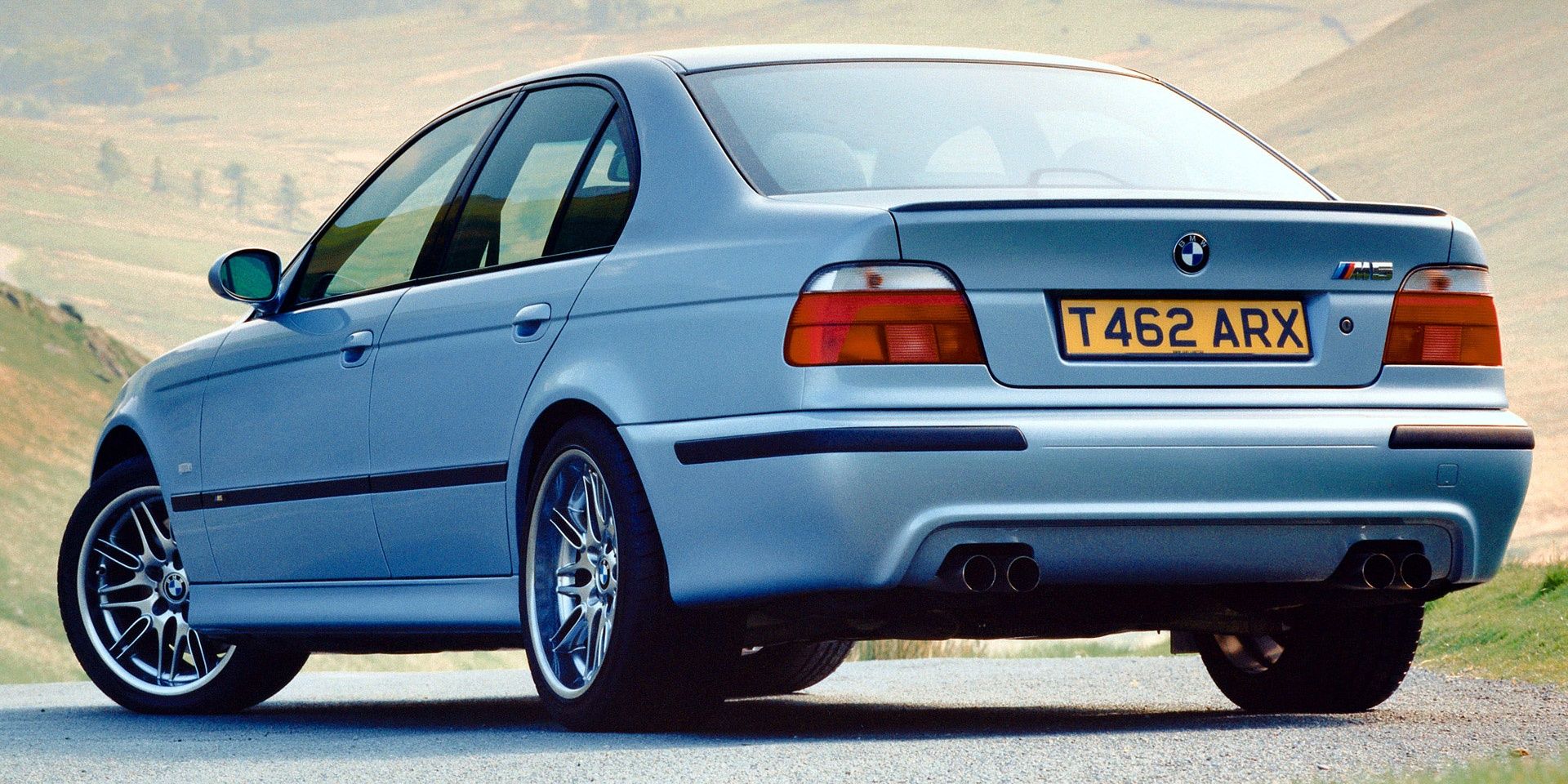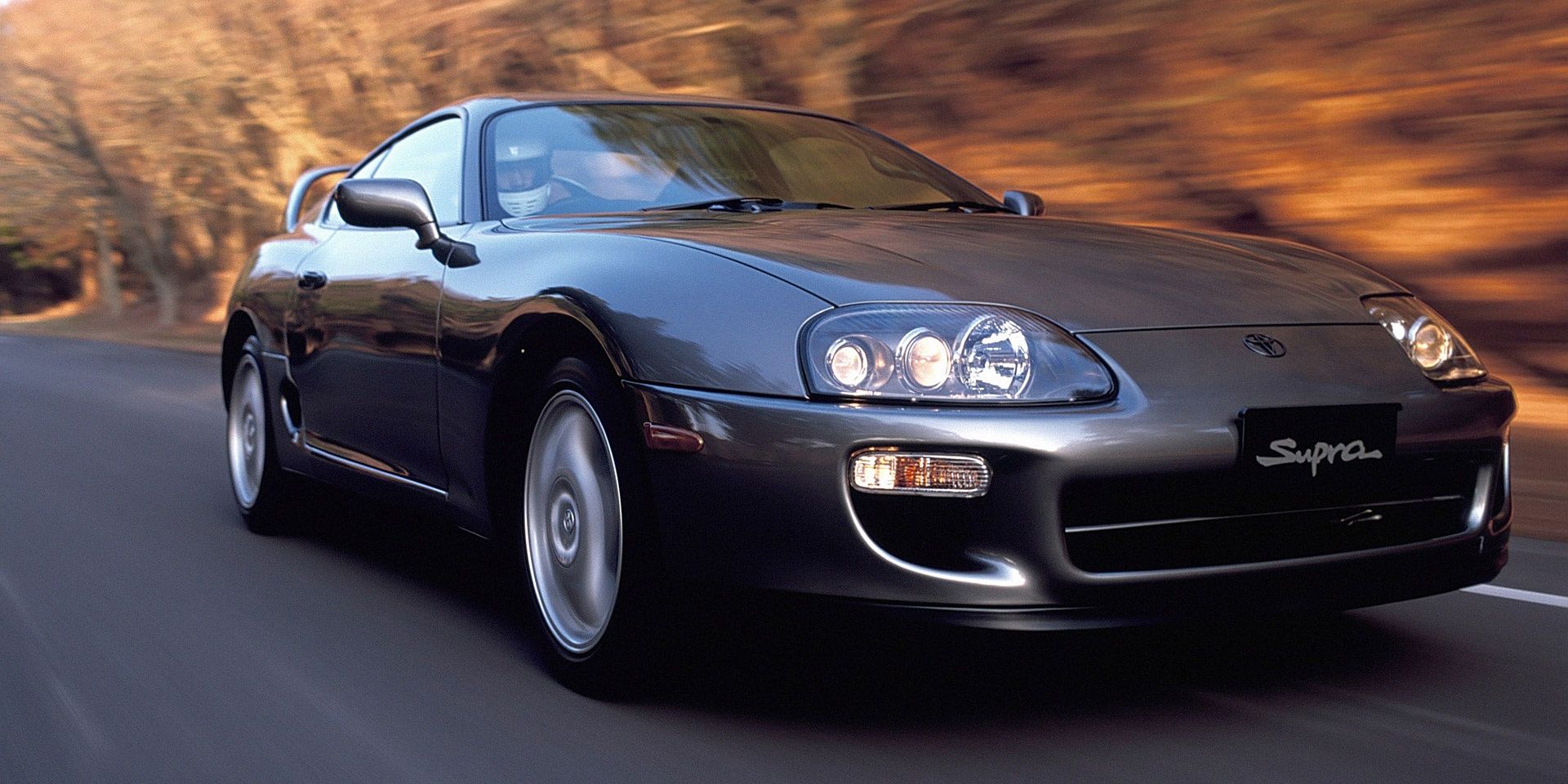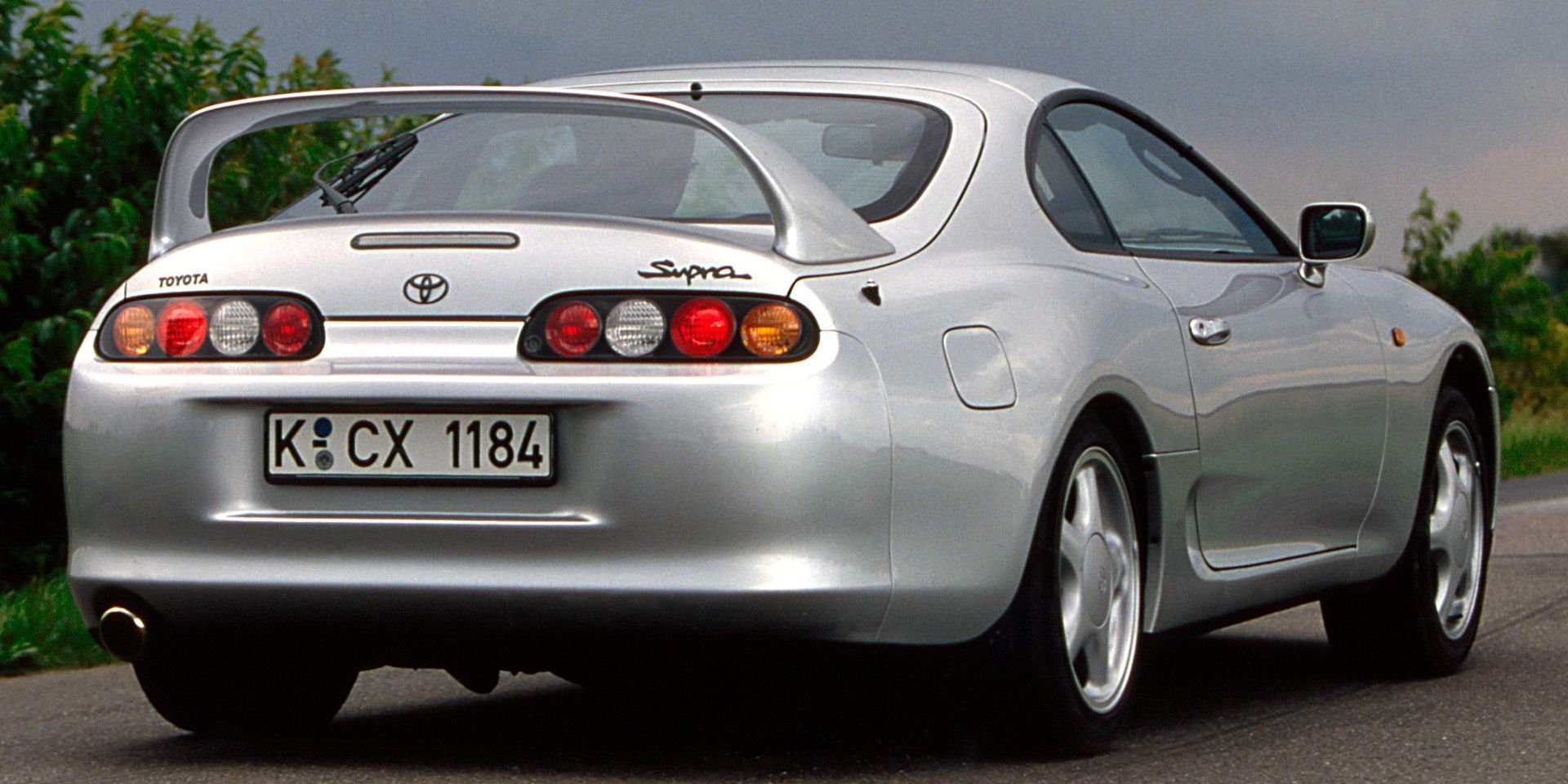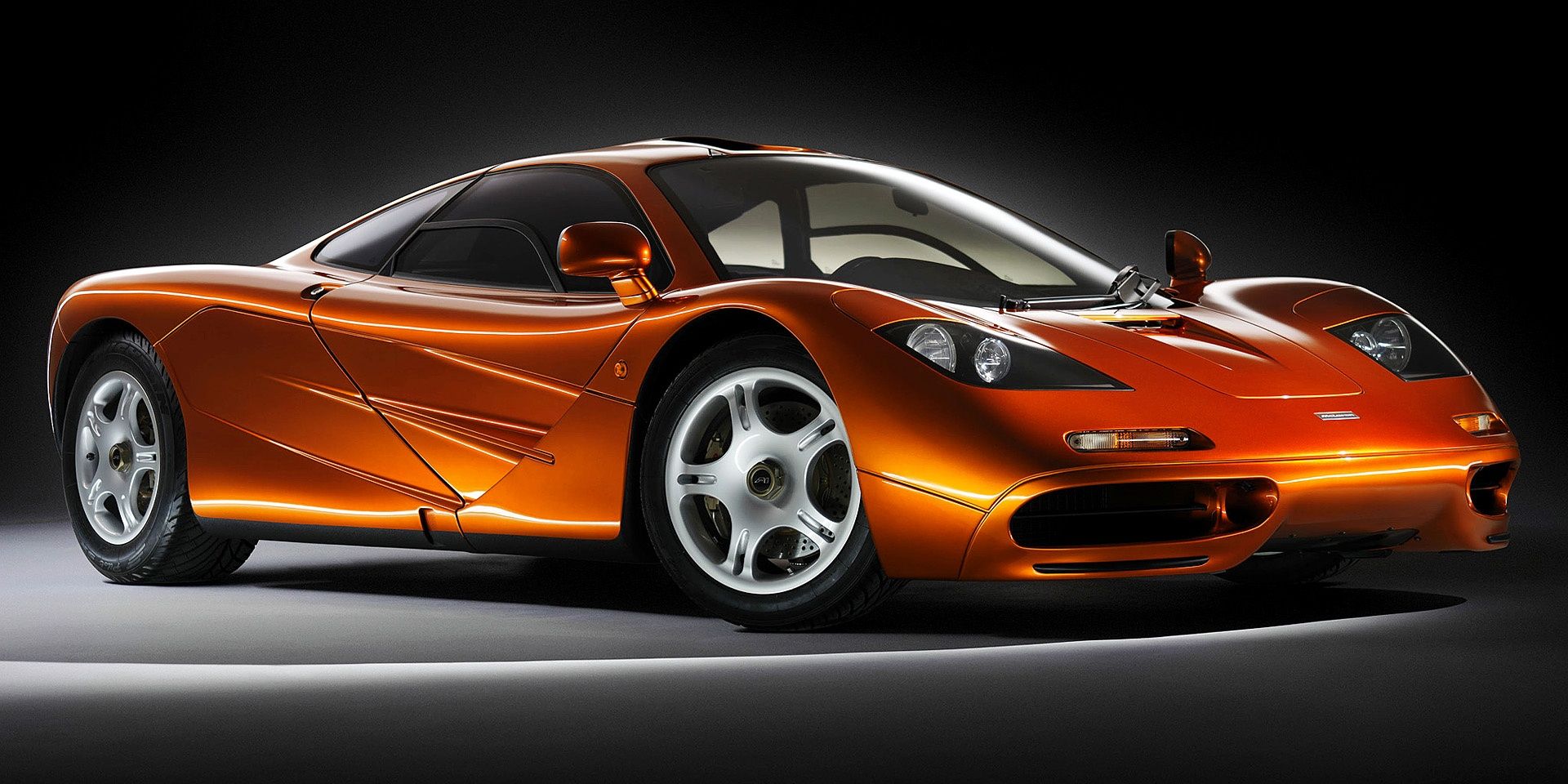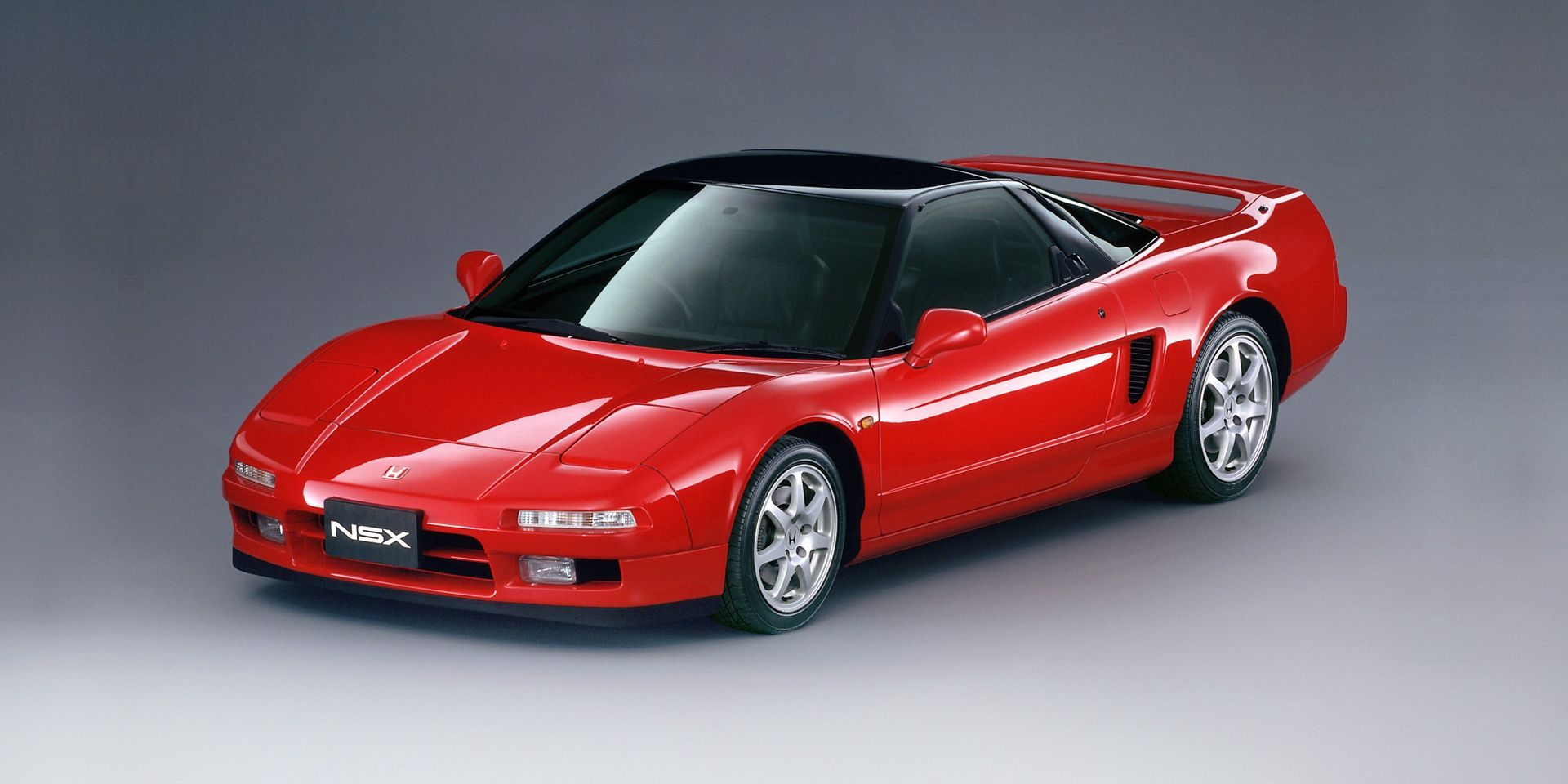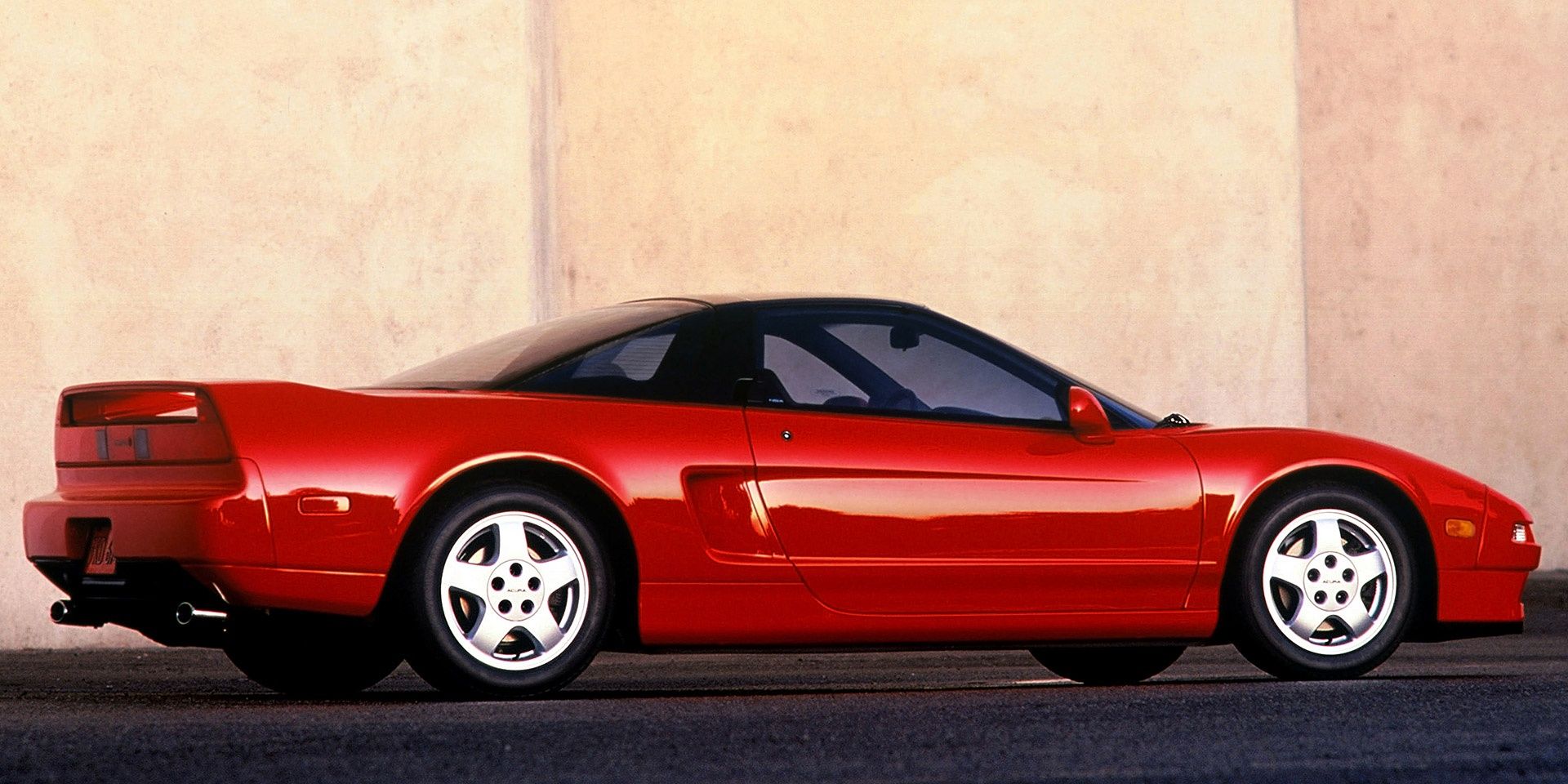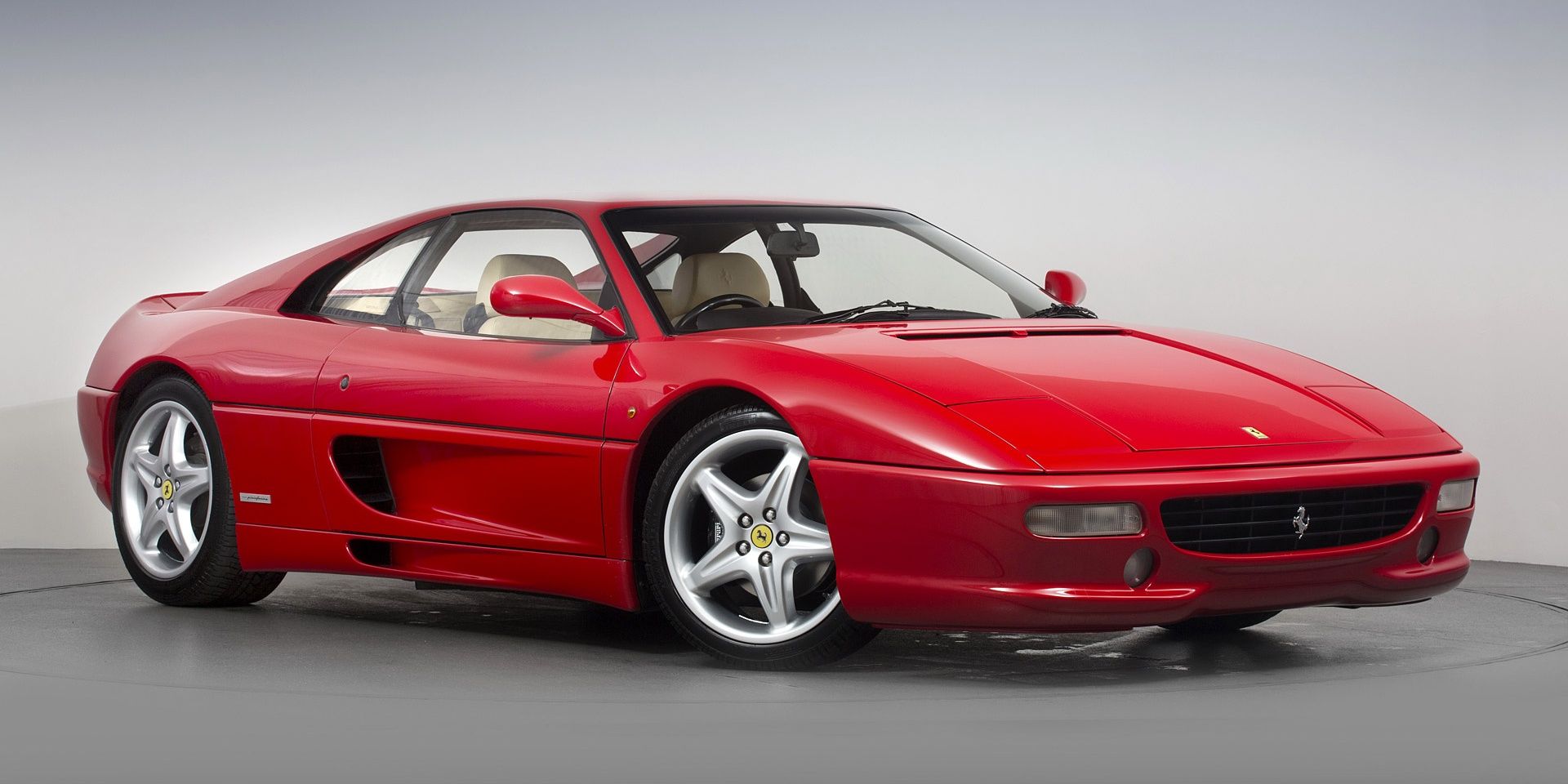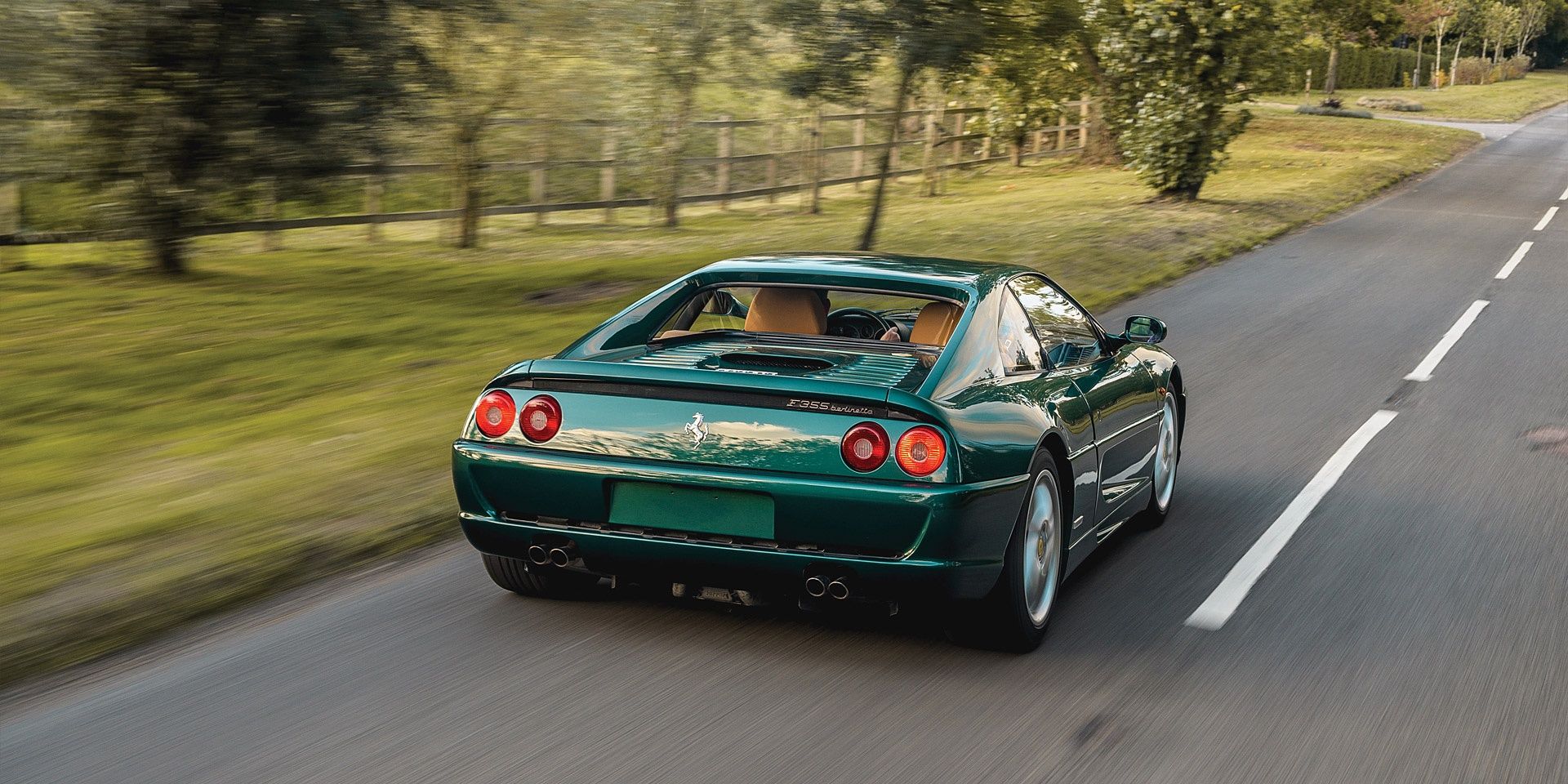Sports cars are very much a reflection of the times in which they were built. American cars from the 1960s were very much focused on large displacement muscle due to cheap fuel prices and love for speed. The '70s are considered to be more of a dark time for sports cars due to the Oil Crisis of 1974. This era, however, led to the rise of many light-weight, low horsepower cars enthusiasts love today. The 1980s were very much a rebirth for car culture fueled by roaring economies and the push for futuristic car styling.
Compared to the previously mentioned eras, the 1990s were rather unique for automotive history. It was a time when automakers were far more ambitious and willing to take risks when creating cars. It was possible for companies to create a sports car for no other reason than the desire to do so. The styling of cars was also drastically changing in the 1990s. While some companies continued to experiment with the boxier forms of the '80s, others played with the idea of softer body lines and a focus on aerodynamics. As a result, the 1990s were filled with cars that managed to look dated from the day they left the factory while others were timeless.
For any object to be considered timeless, it must be able to maintain a contemporary appearance regardless of its age and the current trends. Whether the creator of an object is an architect, fashion designer, industrial designer, or artist, it is incredibly difficult to create something with the purpose of being a timeless design. The reason for this is due to it being nearly impossible to predict how modern an object may look in the distant future. In terms of cars, there are only a handful of designs from each era that can earn the title of being a "timeless" design. Here are 10 beautiful sports cars from the 1990s that manage to look brand new to this day, thus earning the title of "timeless".
10 Honda S2000
Looking at the Honda S2000, it's hard to believe that the car launched over 20 years ago. The year 1999 saw the release of one of Honda's most beloved sports cars, and it was sold until 2009. Despite being over 20 years old, both generations of the S2000 would look right at home alongside the modern Mazda Miata and Toyota 86.
Part of what made the S2000 so timeless are its aggressive-but-simple body lines and clear head/taillights. The body offers a perfect mixture of curvature and straight lines that differentiates it from other sports cars of the 1990s. Also, the clear head and taillights still fit in with modern sports cars. Last year, Honda released a 20th-anniversary prototype of the S2000 which was effectively a 1st generation AP1 car with a different front bumper. Although not entirely necessary, the small change to the front facia would bring the S2000 right into the 2020s, thus proving how timeless the car's styling is.
9 Porsche 911 (993 generation)
The Porsche 911 of the mid-1990s, also known as the 993, is the last generation of Porsche to ever feature an air-cooled flat-6 engine. The 996 generation that replaced it updated the engine to a water-cooled setup, thus bringing the 911 to the present at the cost of engine character. It was also the last of the 911 generations where Porsche stuck closely to the body lines of previous generations.
Oddly enough, the 993 generation of the 911 has aged much better than the 996 generation that replaced it. The round headlight cluster still manages to look modern compared to the "fried egg" headlights found on the later generation. If for whatever reason owners feel that their 993 is too dated, a tuning company called Gunther Werks can modernize the car with a full carbon body and updated internals. The best part about these restomods is that aside from the addition of LED lights, Gunther Werks maintains the 993-generation 911's iconic styling.
8 Toyota Altezza AS/RS200
Arguably one of the best-looking sports sedans to come from Japan in the 1990s is the Toyota Altezza (also known as Lexus IS). In the mid-'90s, Toyota decided it was time they created a compact rear-wheel-drive sports sedan to take on the BMW 3 series. Styling for the car was handled by Tomoyasu Nishi, while Nobuaki Tadayama, one of the men behind the legendary AE86, headed the engineering side of things.
The Altezza released in 1998 and was so well received that it won Japan's "Car of the Year" award in 1998. The Altezza features a simple-but-elegant exterior that has aged far better than the 2nd generation Lexus IS. The interior of the car was like no other Toyota product before it, featuring a sports watch-inspired gauge cluster and attractive center stack. Its clear taillight cluster became affectionately known as "Altezza-style" lights. The car's taillights single-handedly kickstarted the clear taillight trend in the tuner scene, and also inspired the development of LED light clusters. Despite the design being over 20 years old, the Altezza and its Lexus siblings still manage to look right at home in the modern automotive world.
7 Nissan Skyline GT-R (R34)
Arguably the last great Nissan to wear the Skyline badge is the legendary R34 Nissan Skyline GT-R. Thanks to its many appearances in videogames and Fast and Furious movies, the R34 has gained a cult-like following around the globe. It was released in 1998 and sold until 2002 before it was replaced with a rebadged Infiniti G35.
The R34's boxy and aggressive styling only seems to get better with age. While the R32 and R33 generations are very much dated aesthetically, the R34 manages to look at least 10 years newer than it really is. Be it the iconic taillight cluster, massive wheel arches or aggressive body kit, the R34 manages to turn heads over 20 years after its release.
6 Mazda Eunos Cosmo
Sharing its name with Mazda's first rotary sports car, the Eunos Cosmo was released in 1990 and sold until 1996. The name Eunos was actually meant to be a sportscar brand offshoot from Mazda with the Cosmo as the flagship model. Unfortunately, the brand went along with the Cosmo in 1996 due to the terrible Japanese economy in the 1990s.
The Cosmo was designed to be a bigger, more luxurious sportscar when compared to the smaller RX-7. Despite being from 1990, both the Cosmo's interior and exterior were way ahead of its time. The long, elegant coupe has arguably aged better than the RX-7 due to its combination of sweeping curves and defined straight lines. The same story continues in the interior, with long, sweeping lines that outline the cockpit. It featured plenty of digital instrumentation, a touch screen panel and the first built-in GPS system in a production car.
5 BMW M5 E39
Although the E39 M5 was not the first generation of the legendary sports sedan marque, it is a favourite of car enthusiasts. Unlike the previous two generations, the E39 was the first to replace the classic BMW inline-6 with a V8 engine. The E39 M5 was released in 1998 and sold until 2003, where it was replaced by the E60 V10-engined M5 in 2005.
As with many of the cars mentioned on this list, the E39 M5's styling has arguably aged far better than the car that replaced it. It's simple but smooth styling projected an element of sportiness without clouding the executive image of the car. Although the iconic "corona ring" headlights weren't introduced until 2000, the 1998-9 cars still manage to look modern today while also carrying the iconic BMW styling of the 1990s.
4 Toyota Supra A80
Arguably one of the most well-loved and coveted Japanese cars of all time is the legendary A80 Supra. Toyota was quite the fun-fueled company in the 1990s, with sportscar and hot sedan projects being approved despite the Japanese economic collapse. At the top of Toyota's sportscar totem pole sat the Supra, an incredibly quick GT car that put many of Europe's great sports and GT car makers to shame.
Aside from the legendary 2JZ-GTE engine found in the twin-turbo model, the Supra's bulbous styling is the most iconic element of the car. The smooth styling, projector headlights and clear taillight clusters play a substantial role in why the Supra continues to look new today. Also, the large rear wing found on turbo models adds to making the entire car look more modern and aggressive than its contemporaries.
3 Mclaren F1
Without a doubt, one of the most incredible cars to come out of the 1990s is Gordan Murray's masterpiece; the Mclaren F1. After using the Honda NSX as inspiration for the design of the car, Murray set out to build a proper enthusiast's sportscar of his own. Thanks to the BMW-derived 6.1 liter V12 and low weight, the F1 held the record of the world's fastest production car from 1993 until 2005.
From a performance perspective, the F1 can still embarrass most modern supercars despite being almost 30 years old. In terms of aesthetics, it still managed to look modern when parked next to the Bugattis and Koenigseggs of the 2000s. What's even more incredible is the fact that the F1 will be getting a sequel in the form of the GMA T.50. Murray's new hypercar draws many elements from his original road-going masterpiece, thus proving how timeless the Mclaren F1 really is.
2 Honda/Acura NSX
Japanese automakers in the late '80s and early '90s were seemingly creating whatever they wanted due to the incredibly strong Japenese economy. Companies like Toyota, Nissan and Mazda were pumping out sportscars without stop until the economy crashed later in the '90s. Honda also had a fair share of ambitions sports car projects during this era, with the NSX being the most ambitious of them all.
The legendary NSX was originally released in 1990 and was sold until 2000. During that 15 year run, the NSX would undergo only minor changes and visual updates. The year 2002 saw a facelift that would change up the front bumper and remove the pop-up headlights in favour of clear domes. The long sales record alone proves how timeless the NSX design really was, as Honda barely needed to change anything in order to maintain consumer interest.
1 Ferrari F355
Considered by some to be one of the last truely great Ferraris, the F355 was one of the last cars to come from Maranello with a manual gearbox. It was also the first Ferrari to offer an automated manual transmission, also known as the "355 F1". Technologically speaking, the F355 was one of the most technologically advanced cars to come out of Italy in the 1990s. It was also one of Italy's most beautiful cars of the '90s.
Building off of the shape of the Ferrari 348 it replaced, the F355 featured smooth, flowing lines draped over a classic Ferrari shape. The F355 designers tried to blend hard lines with curves rather than going to the curvacious extreme as the F50, 360 and F430 designers did. As a result, the F355 is far prettier than most modern Ferraris and has aged far better than the 360 that replaced it.

